
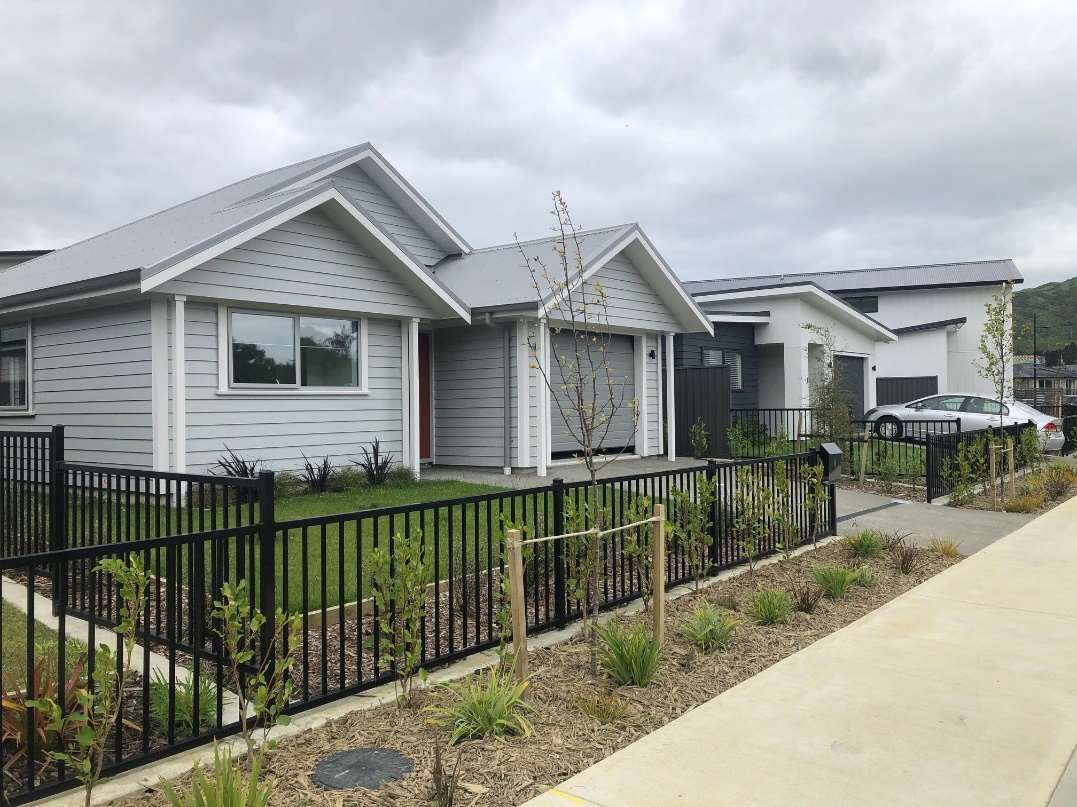
Implementing the
National Policy
Statement on
Urban Development
November 2020
Stewart McKenzie |
Manager Environment & City Planning
Summary of Topics
1.
Background to the National Policy Statement on Urban Development &
the Planning Hierarchy
2.
Regional co-ordination and implementation
3.
Updated Housing and Business Capacity Assessment report
4.
Variation to the Proposed District Plan
5.
Removing minimum parking requirements from the Operative District Plan
6.
City-wide parking management strategy
7.
Integrated land use and infrastructure planning
8.
Budget implications
Guidance is sought from Council on draft recommendations made with
respect to the above topics
Background to the NPS UD
Purpose
• The NPS UD came into effect in August 2020 and must be given effect to
it in accordance with s55 RMA
• It’s a key pil ar of the Government’s Urban Growth Agenda which aims to:
o better enable urban growth
o al eviate the housing crisis
o improve social, economic and environmental outcomes
• We’re at the start of a long process of urban transformation
Provisions
• Contains objectives and policies that require councils to:
o Plan for growth both ‘up’ and ‘out’, with less constraints on growth
o Report on the demand, supply and price of land to inform plan making
o Co-ordinate planning across urban areas
• Specific requirements in terms of parking and infrastructure provision
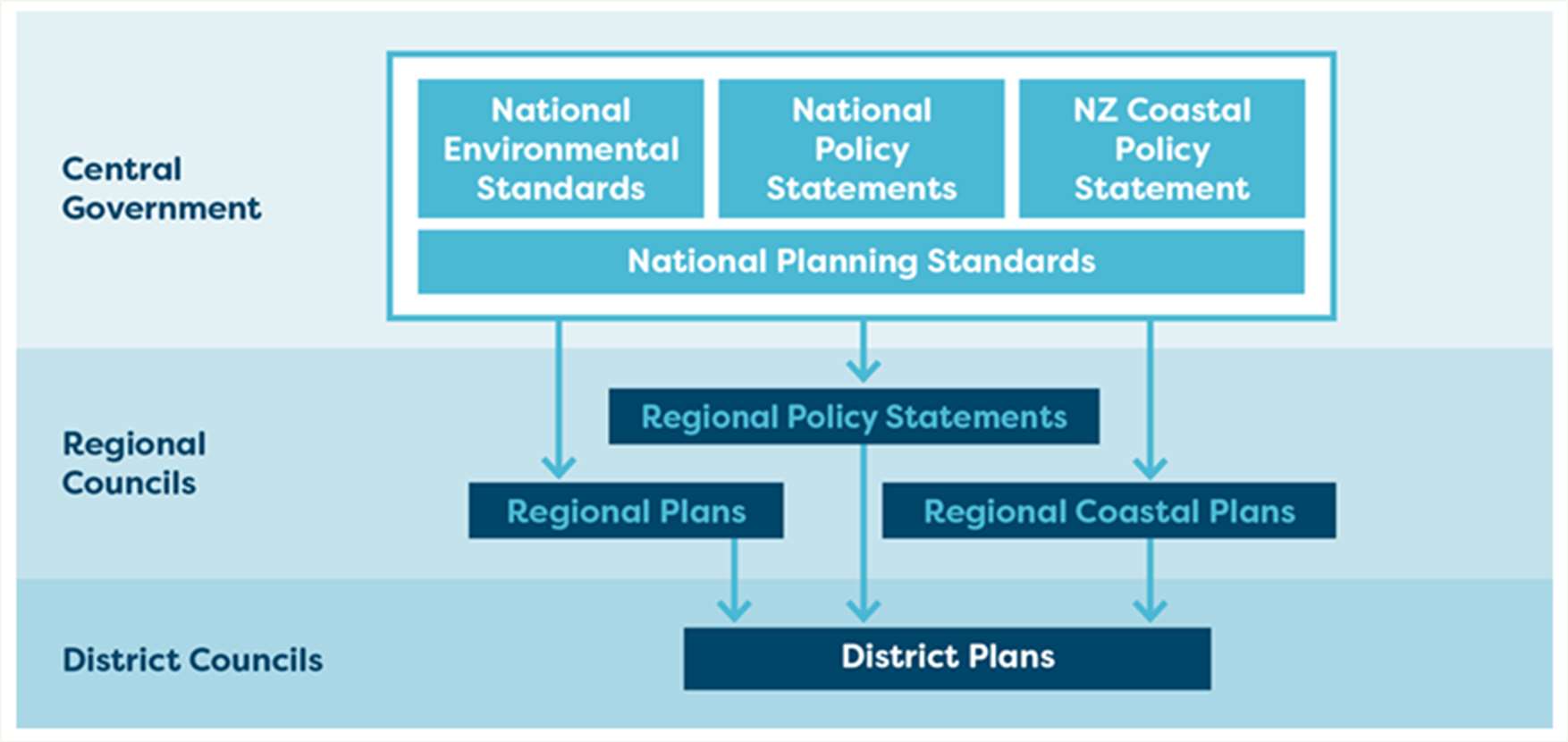
The NPS UD in the Planning Hierarchy
Summary
• Sits at the top of the RMA Planning Hierarchy - plans must give effect to it
• At a regional level, it requires changes to the Regional Policy Statement
and the preparation of Future Development Strategies
Future Development
Strategies
Regional Governance & Implementation
Summary
• The NPS-UD requires leadership and implementation at a regional level
• Wel ington urban Councils are classified as ‘Tier 1’councils that have specific
implementation requirements
• The Wel ington Region must produce a Future Development Strategy (FDS)
(regional spatial plan) by 2024
o The draft Wel ington Regional Growth framework doesn’t meet this
requirement, but can be revised
o The FDS provides direction and evidence for regional and district plans
o It must help resolve tensions with other NPS’s
• The Regional Policy Statement (RPS) has a key role to play and must be
revised
• Needs a co-ordinated, integrated approach across Councils to growth
planning involving Central Government agencies, Iwi and other stakeholders
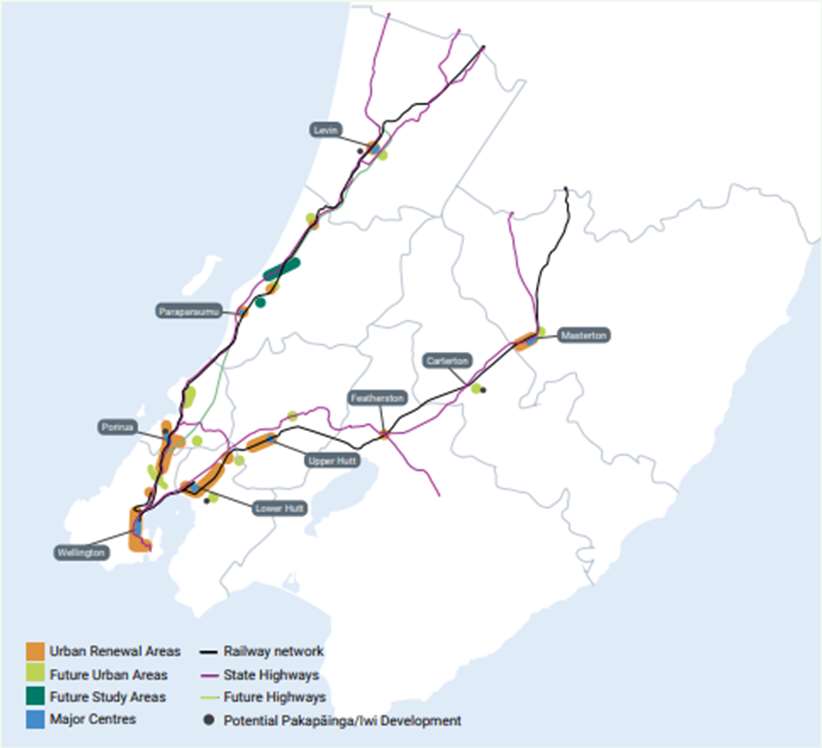
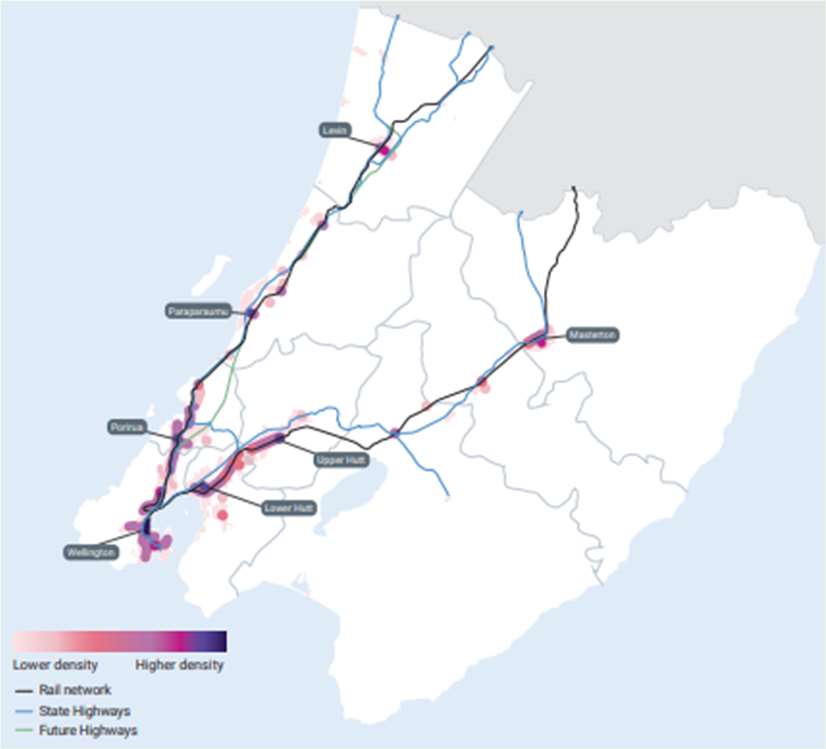
Regional Governance & Implementation
Draft Recommendations
• Council request GWRC change its RPS to support implementation of the
NPS-UD
• Council works with GWRC, other councils, Government and stakeholders
to agree the approach for growth planning including a FDS
• Council support an appropriate regional entity to oversee implementation
of the NPS-UD
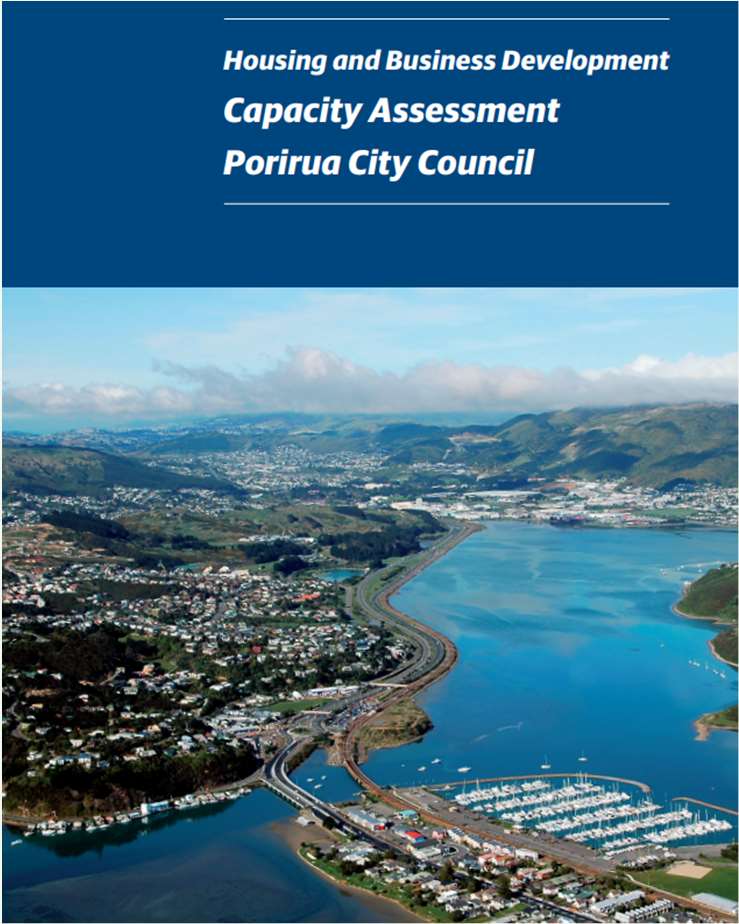
Housing & Business Capacity Assessment
Summary
• Council must prepare a Housing and Business
Capacity report (HBA) in partnership with
other Councils
• The HBA analyses the demand and supply of
housing and business land, and assesses the
impact of planning and infrastructure
decisions
• Wel ington Councils produced an HBA in 2019
which needs to be updated to meet NPS UD
requirements
• Wil provide vital evidence for RMA plans,
Infrastructure Strategies and Long Term Plans
Draft Recommendation
• Council proceed with preparing an updated regional HBA report in
partnership with other Councils
Variation to the Proposed District Plan (PDP)
Summary
• PDP strongly enables urban growth but does not ful y implement the NPS-UD
• Requires the PDP to enable at least 6-storey buildings within a walkable
distance of train stations on the Kapiti Line
‘Policy 3: in relation to tier 1 environments, regional policy statements
and district plans, enable…
(c) building heights of at least 6-storeys within at least a walkable
catchment of the fol owing
(i) existing and planned rapid transit stops…’
• ‘Qualifying matters’ are listed e.g. natural hazards, that may be considered as
reasons why an area may be considered unsuitable for intensification (it’s
questionable why other criteria for intensification aren’t listed)
• Stil need to test what is ‘feasible’ and ‘reasonably expected to be realised’
• Giving effect to the NPS UD can only happen through a notified variation to the
PDP and we have 2-years to do this
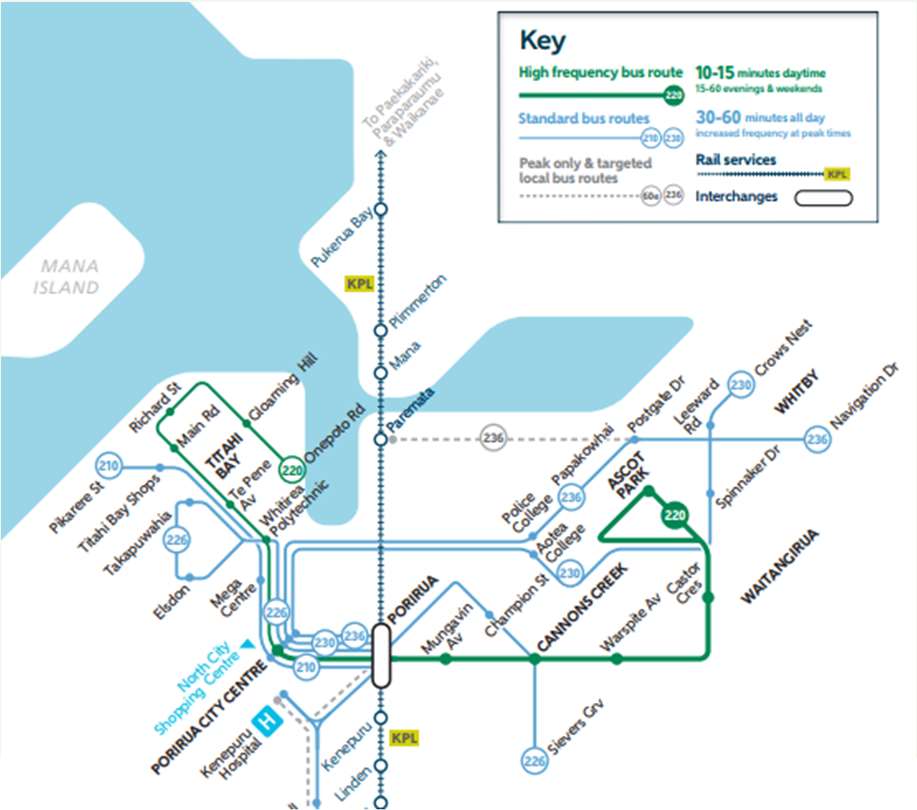
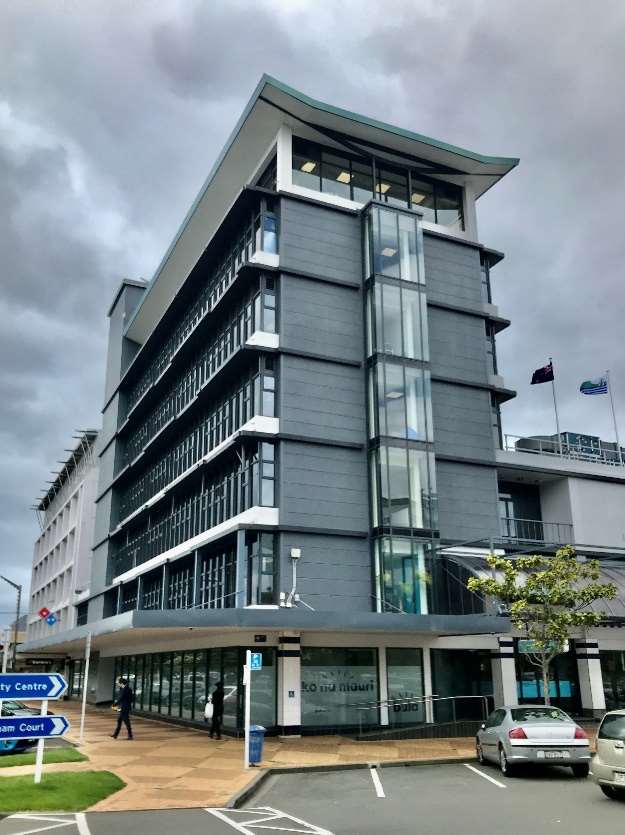
Variation to the Proposed District Plan (PDP)
What does this mean?
• The potential for tal buildings (six-storeys) to be built within a walkable
catchment of Kapiti Line Train Stations, enabled through a variation to the PDP
• Likely to be contentious with the community, and wil play out at a regional and
national scale
• Stil need to prove feasibility however, and can take into account other matters

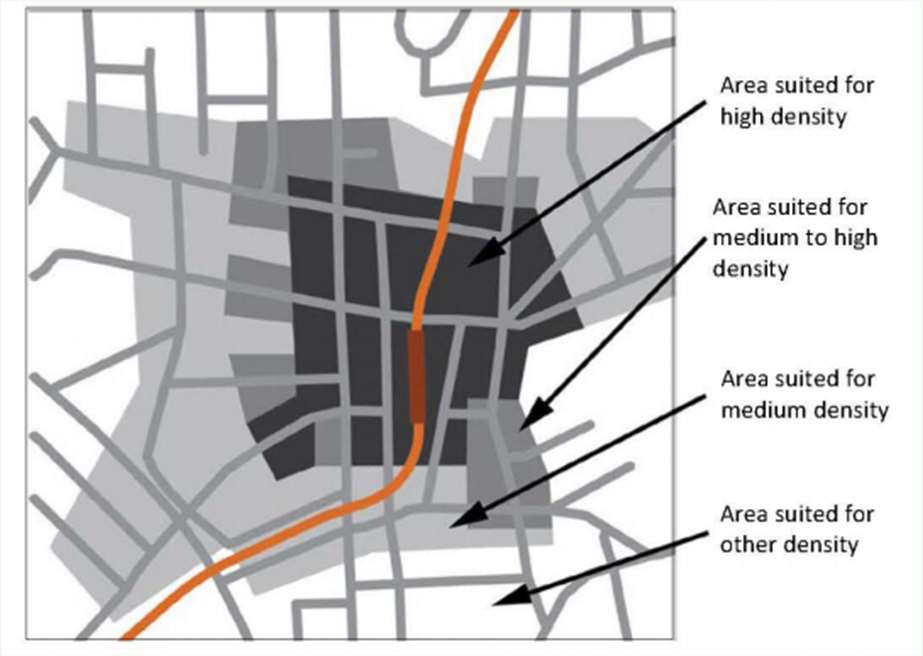
Variation to the Proposed District Plan (PDP)
Draft Recommendations
• Seek further guidance from the Ministry for the Environment on
implementation, to be taken up at a regional level
• That Council draft a variation to the PDP for engagement once the regional
approach has been confirmed, informed by an updated spatial assessment
Current MfE guidance on NPS UD Implementation
Removal of on-site parking requirements
Summary
• Councils are required to remove rules requiring a minimum number of on-site
car parks for al activities from district plans
• Must happen by February 2022 through a non-notified change to the Operative
District Plan (ODP)
• Developers can stil provide parking if they wish, and existing on-site parking is
unaffected
• Currently minimum parking requirements are the only trigger for resource
consent for some ‘out of zone’ activities under the ODP eg. housing in the
Industrial Zone, so worth keeping in for now
• Leaving minimum parking requirements in the ODP until the PDP provisions
have more weight is considered a sensible approach
Draft Recommendation
• That Council retains rules requiring minimum on-site parking in the ODP until
such time as the relevant PDP provisions have sufficient legal weight
Parking Impacts & Parking Management
Summary
• Developers can stil provide on-site parking, although many new activities
wil be established with no on-site car parks provided, or a reduced number
• Despite efforts to encourage a switch to other transport modes, demand for
parking wil likely remain high
• Wil result in increased on-street parking, and could affect the safe
functioning of the road network
• A City-wide parking strategy wil assist Council respond to existing and future
parking pressures, and could include the fol owing measures:
o Reducing parking time and increasing fees and fines in the Central City
o Introduce smart sensors and parking app technology
o Introduce City fringe and commercial centre parking zones and fees
o Monitor on-street parking demand in residential streets - unlikely to be
an issue for most streets, more so near new developments
• There have been numerous parking studies undertaken for Porirua that can
inform a parking strategy
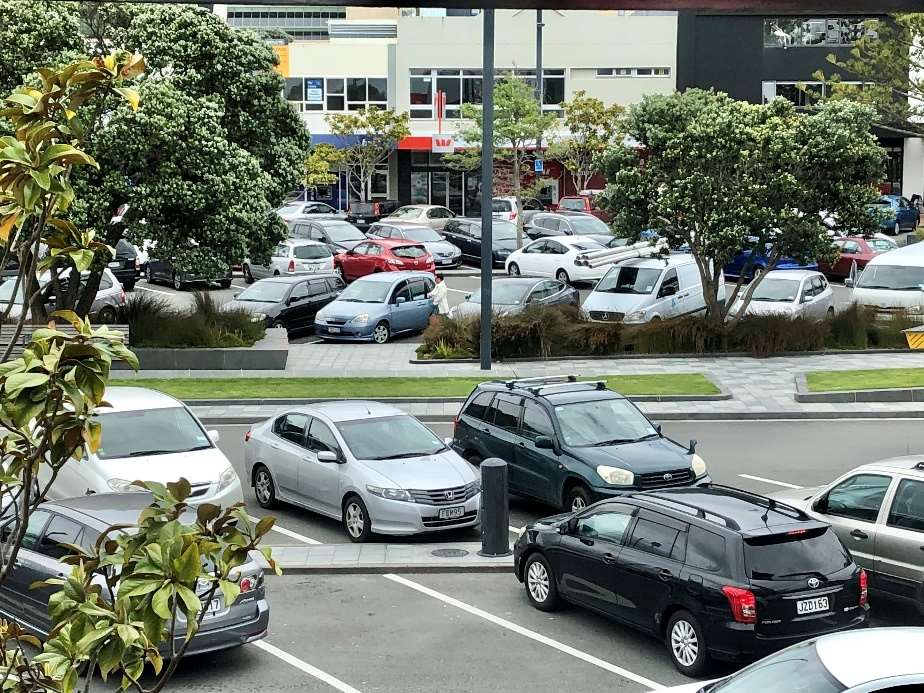

Removal of on-site parking requirements
Draft Recommendation
• Council prepare a city-wide parking management strategy to manage the
effects of increased demand for on-street parking
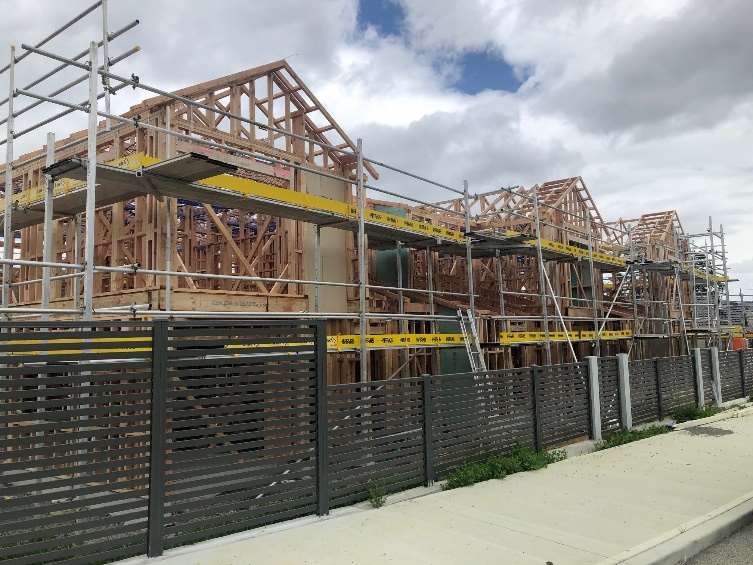
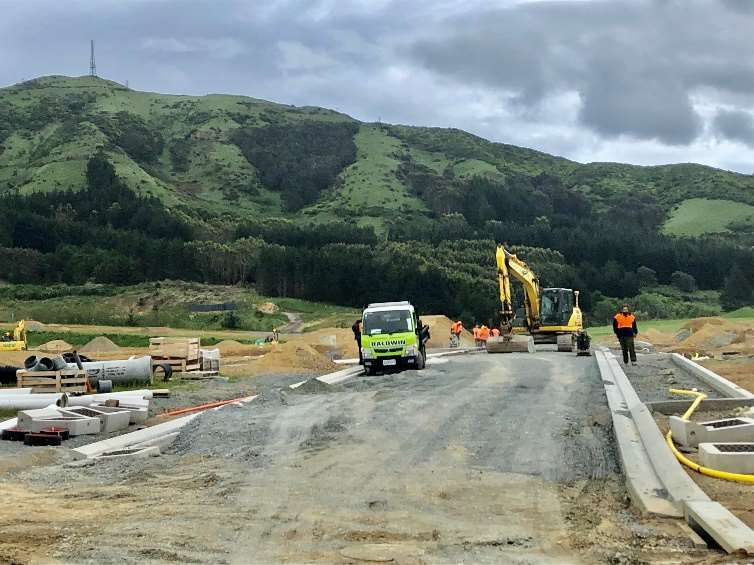
Integrated Land Use & Infrastructure planning
Summary
• The NPS-UD emphasises the need for land use planning to be integrated with
infrastructure planning
• It requires councils to ensure housing and business land is adequately serviced
by infrastructure, defined as ‘development capacity’
• It’s doubtful that traditional funding mechanisms wil be enough to provide
sufficient development capacity for anticipated growth in Porirua
• New funding mechanisms need to be addressed through broader Government
Urban Growth Agenda initiatives

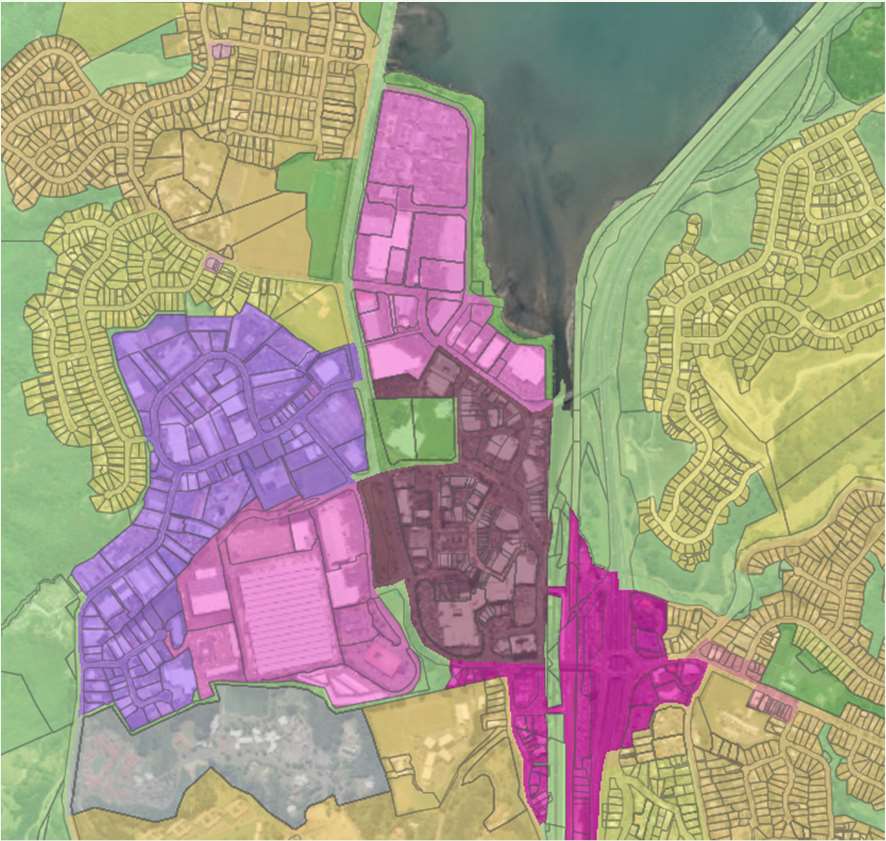
Integrated Land Use & Infrastructure planning
Draft Recommendation
• Council more closely align RMA and LGA planning processes to better
integrate land use and infrastructure planning.
The District Plan
The Long Term Plan
Budget Implications
Summary
• The costs of implementing the NPS-UD on operating budgets needs to be
considered in detail
• Several teams wil be involved in implementation, and it wil require a
combination of internal and external resources
• Wil need to be treated as a cross-council project
• Budgets for implementation need to be factored into the 2021 – 51 LTP
Draft Recommendations
• A cross-council project team be set up to guide NPS UD implementation
• Council budget for the implementation of the NPS UD in the 2021 - 2051
LTP, with draft budget estimates to be provided by relevant Council teams.
Summary of draft recommendations
1. Council request GWRC change its RPS to support implementation of
the NPS-UD
2. Council works with GWRC, other councils, Government and
stakeholders to agree the approach for growth planning, including a
Future Development Strategy
3. Council support a regional joint committee to oversee NPS UD
implementation
4. Council proceed with preparing an updated regional HBA report in
partnership with other Councils
5. Council seek further guidance from MfE on NPS UD implementation,
to be taken up at a regional level
6. Prepare a variation to the PDP once the regional approach has been
confirmed, informed by an updated spatial assessment
7. Council retains rules requiring minimum on-site parking in the ODP
until such time as the relevant PDP provisions have sufficient legal
weight
Summary of draft recommendations (cont.)
8. Council prepare a city-wide parking management strategy to
manage the effects of increased demand for on-street parking
9. Council more closely align RMA and LGA planning processes to
better integrate land use and infrastructure planning
10. A cross-council project team be set up to guide NPS UD
implementation
11. Council budget for the implementation of the NPS UD in the 2021 -
2051 LTP, with resourcing requirements to be provided by Council
teams















